Just_Looking
Rough_Rock
- Joined
- Feb 11, 2006
- Messages
- 7
Wink,
First a disclaimer. I’m a Total newbie to diamonds so this comment may make no sense.

I found it interesting the posts about contrast, especially in how they relate to how humans perceive beauty. While I know next to nothing about diamonds I am a student of music. Those posts made me think about reading I have done on musical aesthetics and how music uses contrast to create beauty (this is something that is needed in anything that is perceived as beautiful).
I was wondering if there was anything ACS was doing to utilize the information the arts have gathered (I am thinking specifically about the visual arts) to help improve beauty in diamonds. I would think there are many ways in which both a painter and a cutter are trying to accomplish the same thing.
Thoughts anyone???? (or am I just a crazy newbie


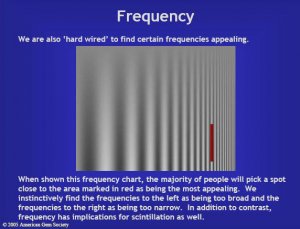


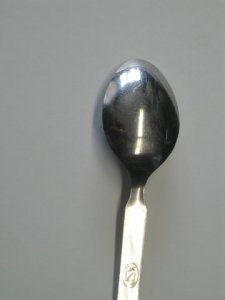
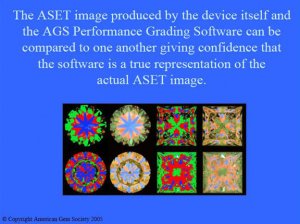
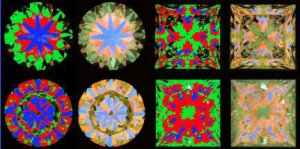
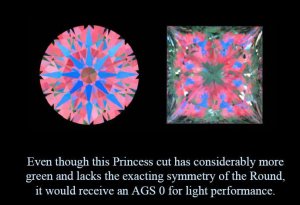
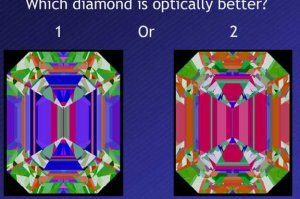
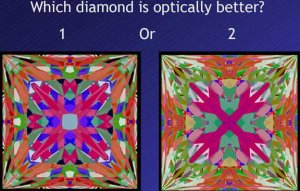
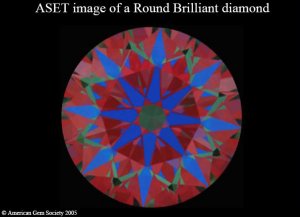
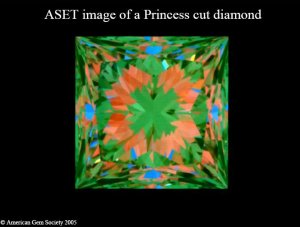





300x240.png)